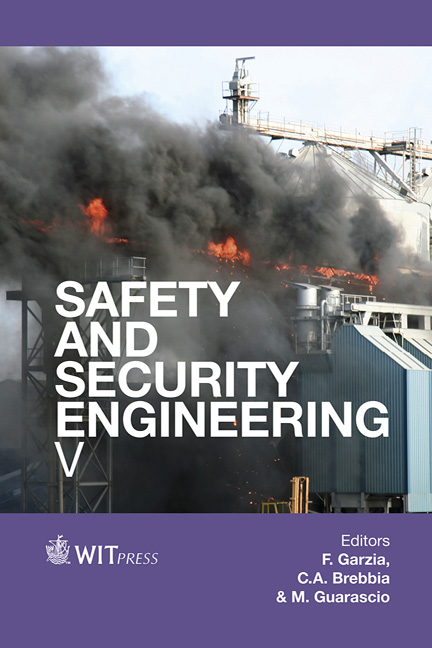Understanding Ignition Of Natural Fuels By Heated Particles
Price
Free (open access)
Transaction
Volume
134
Pages
8
Page Range
607 - 614
Published
2014
Size
773 kb
Paper DOI
10.2495/SAFE130541
Copyright
WIT Press
Author(s)
C. D. Zak, D. C. Murphy & A. C. Fernandez-Pello
Abstract
Wildland and wildland urban interface (WUI) fires pose a serious threat to property, public safety and the environment. Many of these fires are allegedly ignited by heated particles generated by power line interactions, welding and other sources of hot particles. Even so, there has been relatively little research on the ignition of fuel beds by hot particles. This work presents an experimental study of ignition of powdered cellulose fuel beds by hot metal particles. Stainless steel and brass spheres with diameters in the range from 1.59 mm to 12.7 mm were heated to temperatures between 773 and 1373K and dropped onto cellulose fuel beds with moisture contents of 1.5% and 4.5%. The effects of varying particle diameter, temperature and thermal conductivity and fuel bed moisture content on flaming ignition propensity are discussed. The results of this work suggest that ignition of fuel beds by hot particles most strongly depends on particle size and temperature, with a possible dependence on fuel bed moisture content. Keywords: ignition, hot metallic particle, fuel bed moisture content, thermal conductivity, powdered fuel bed.
Keywords
ignition, hot metallic particle, fuel bed moisture content, thermal conductivity, powdered fuel bed





